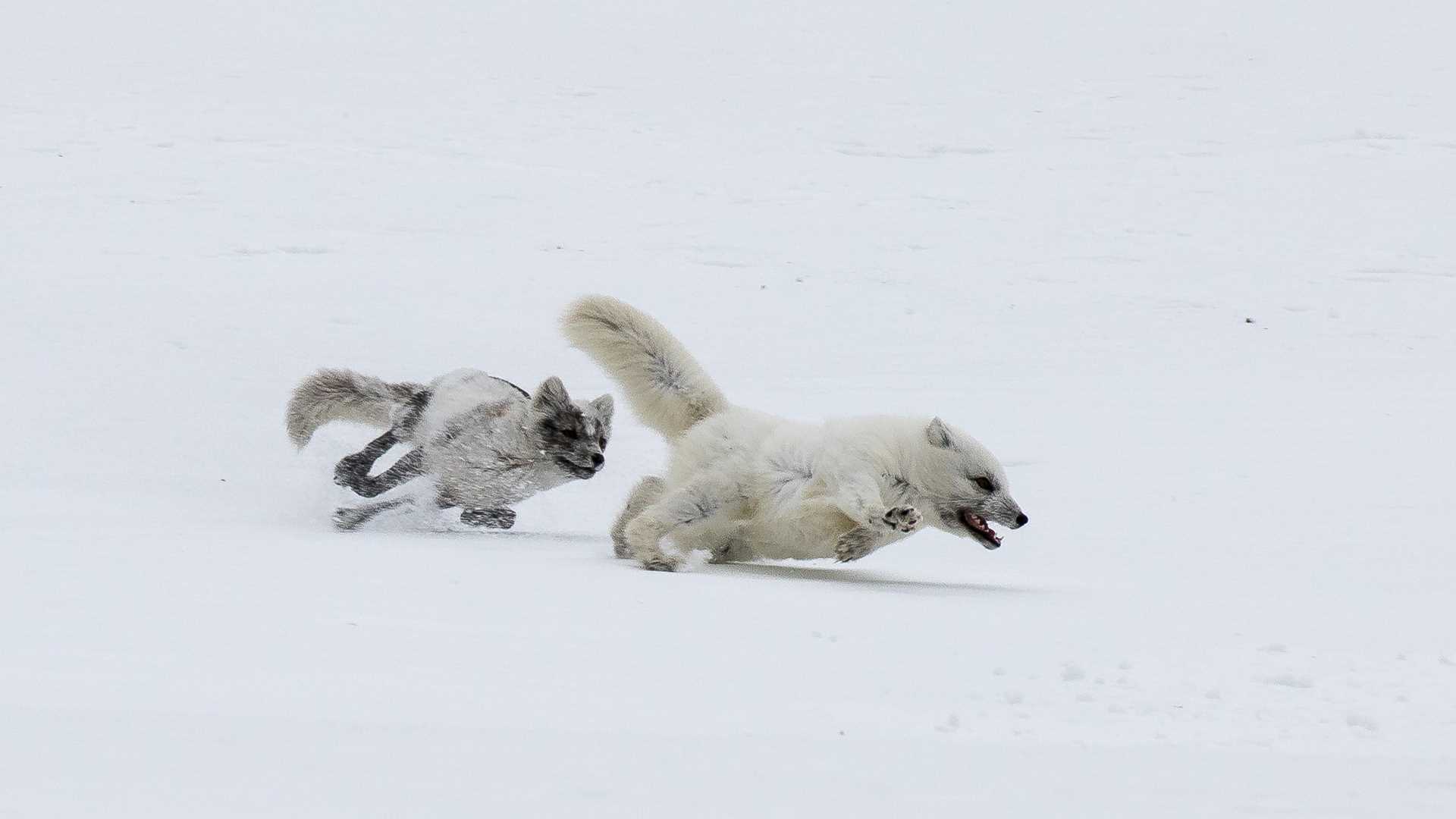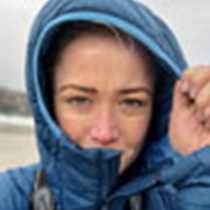Our explorations of Svalbard continued this morning as the National Geographic Explorer navigated into Bellsund–the entrance to a large fjord system that is steeped in the history of Svalbard and those who traveled here in hope of making their fortunes. Sealers, whalers, miners and trappers have taken advantage of the somewhat more forgiving climate in this area—a result of Bellsund being located on the western coast and far enough north to be influenced by the warmer West-Spitsbergen current rather than the cold East-Spitsbergen current.
The warmer waters of the West-Spitsbergen current ensure that Bellsund becomes ice-free in the early summer and indeed this morning the ship sailed through open waters towards Ingeborgfjord, a side arm of Bellsund, where we planned to walk and Zodiac cruise. However, the scouting party discovered fresh bear tracks on the shoreline and the decision to move to another location was made. The new location was the northern entrance to Bellsund, an area known for its wildlife including reindeer, Arctic fox and a variety of bird species including little auks.
We are all aware, however, that wildlife encounters cannot be guaranteed and we made our way to shore with an open mind. It was immediately apparent that the wildlife was going to impress today. The Svalbard reindeer were scattered throughout the shoreline and up onto the slopes behind. At this time of year they will be eagerly awaiting the snowmelt in order to reveal their main foodstuff of sedges and grasses beneath. The summer months are crucial for the reindeer – it is their opportunity to build up a layer of fat that must sustain them through the winter months when the snow returns, leaving little but lichens to graze upon. During our walks we made regular stops to observe these endearing creatures foraging for any new shoots and entirely unperturbed by our quiet presence.
In addition to the reindeer there was an abundance of birds to enjoy this morning. Some of the Arctic’s most characterful birds, the little auks, could be seen amongst the scree slopes above us, while barnacle geese and eider ducks roamed the flats underneath. But it was the Arctic foxes that stole the show today. There were a number of foxes in the area and they were in a variety of coats. Our arrival here in the early season allows us to observe some really special sights and an Arctic fox still sporting its winter coat is but one example. Not only did we get to observe foxes in their different coats, we also had the fortune to enjoy a real show as two foxes darted back and forth across the shoreline chasing one another. The chance to witness such behaviour and at such close range was something to appreciate and something worth wrapping up in all our thermal layers and Gore-Tex for!
There always comes a time for the anchor to be lifted and as we bounced our way back in the Zodiacs the comfort of a warm lunch aboard the National Geographic Explorer awaited. There also comes a time for every trip to end and many of us were eager to prepare ourselves for our imminent departure tomorrow. This afternoon afforded us some time to finalize our packing and email exchanges, whilst also providing a last opportunity to purely enjoy the pleasing and relaxing comforts of our ship. What are we going to do without our daily afternoon tea served to us by our cheerful and ever helpful crew? There are certainly aspects of ship life many of us will miss.
Tonight was our chance to soak up the wonderful atmosphere that is always present on board the National Geographic Explorer as we convened in the bar and lounge to celebrate our successful voyage with our Captain and his crew. Making our way to dinner the ship was alive with chatter of the marvellous voyage we have enjoyed and the new adventures we are now inspired to pursue.









